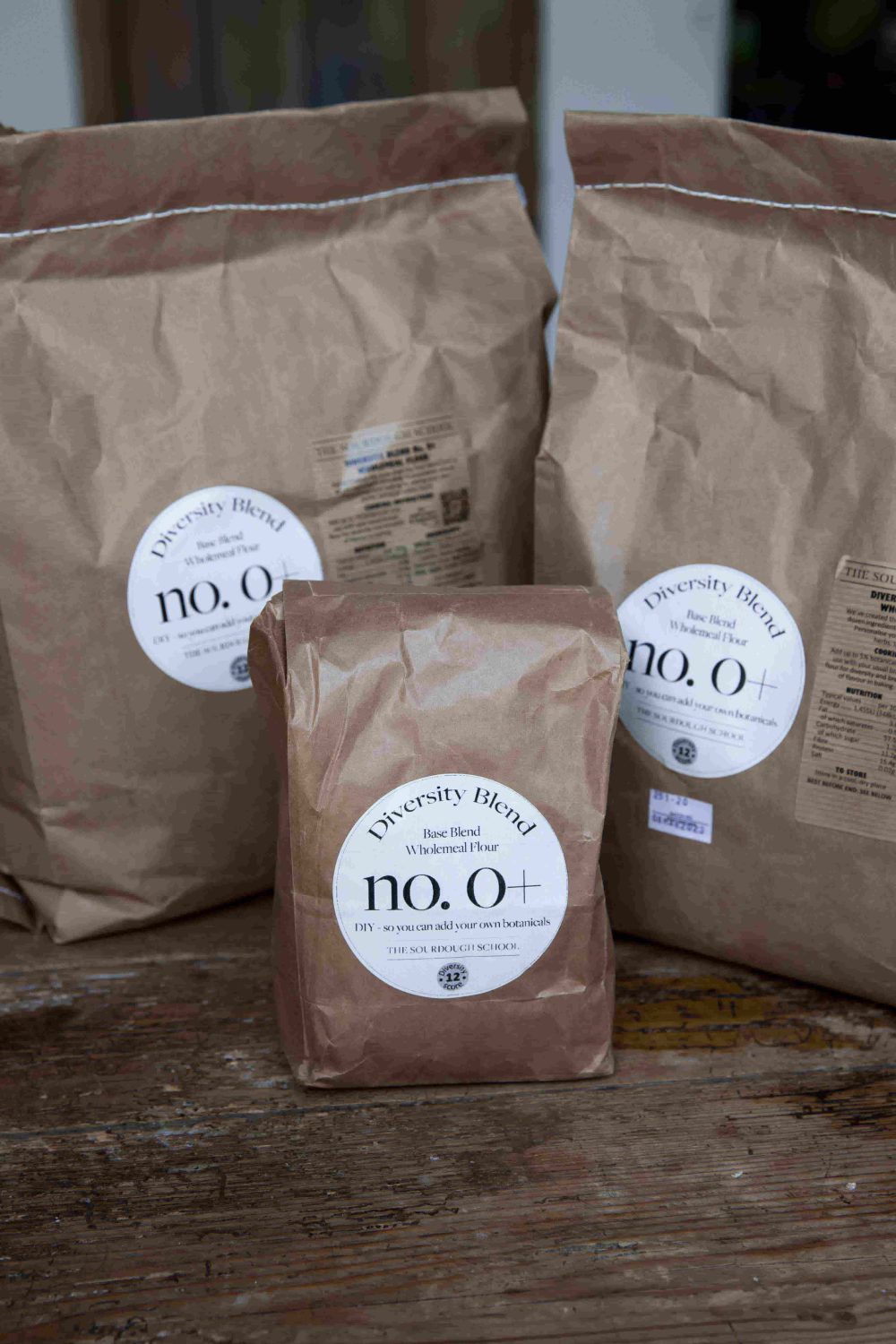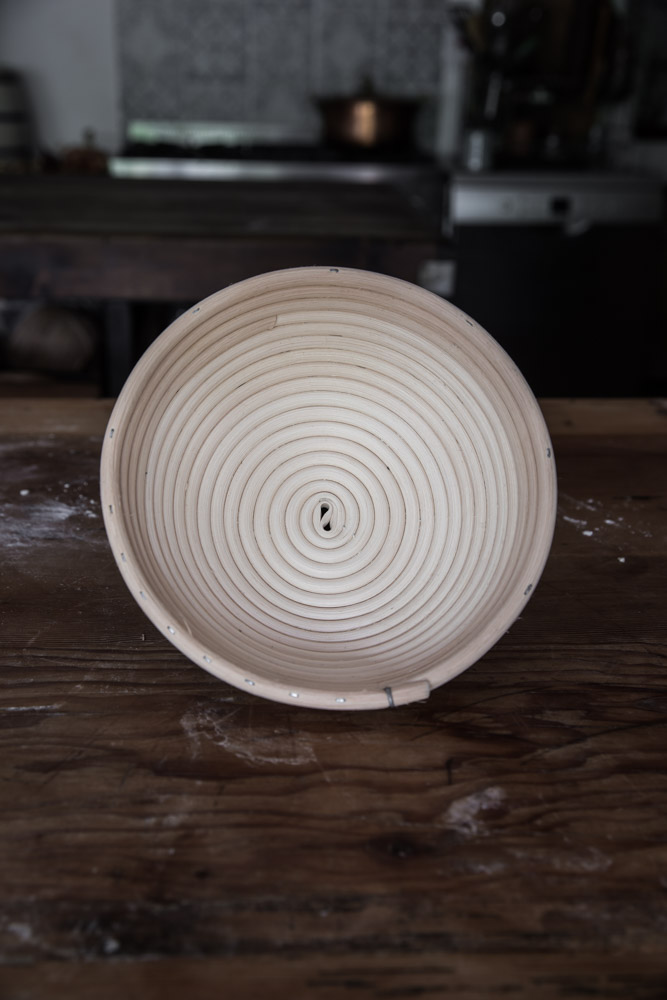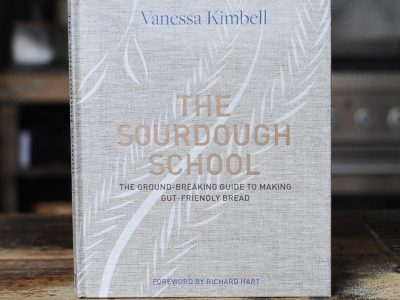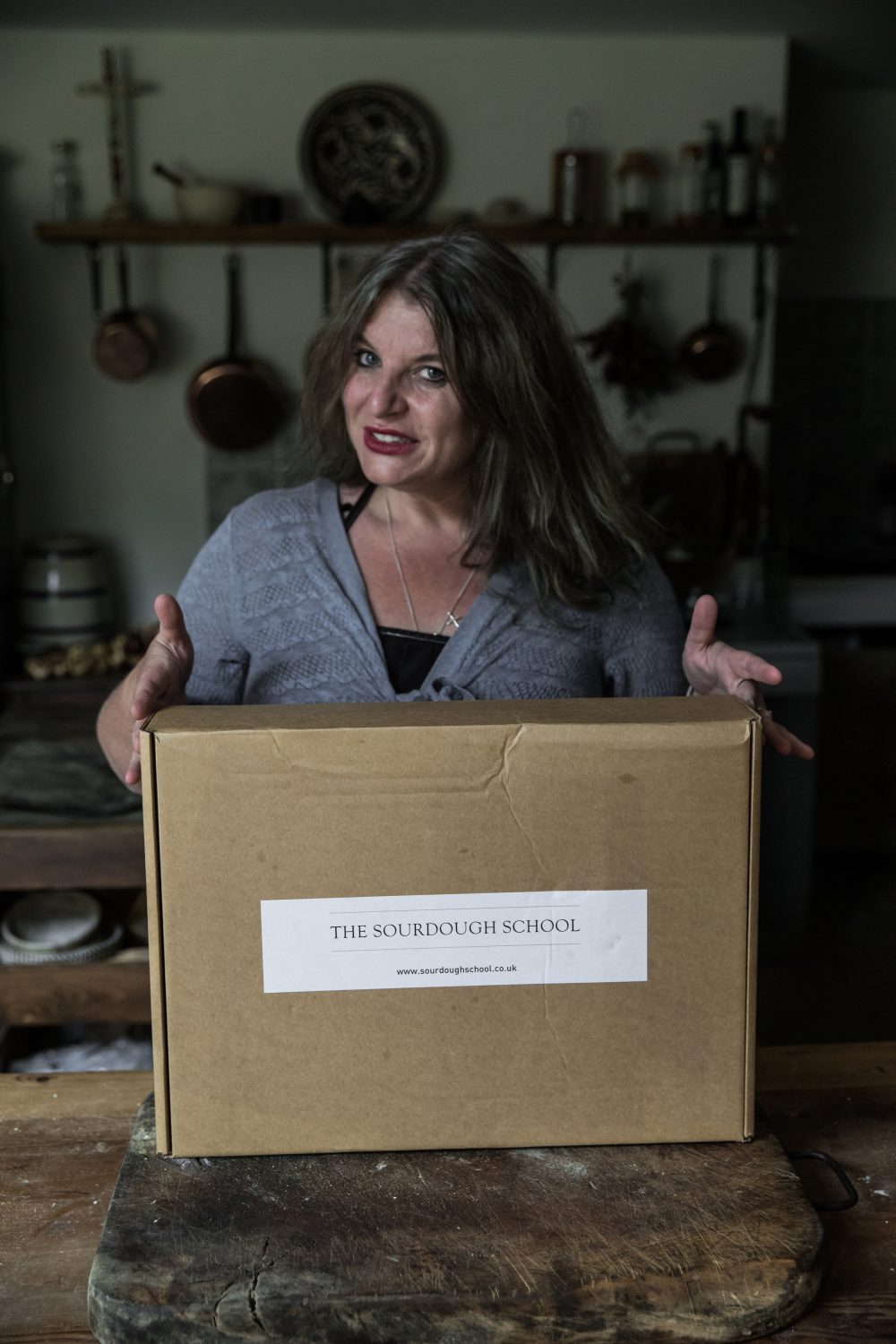Understand and improve the interior structure of your artisan loaves
What Is Crumb Texture in Sourdough Bread?
Crumb texture refers to the internal structure of a baked loaf, the arrangement of holes, air pockets, and overall softness or density. In sourdough baking, crumb texture is not only a visual marker of quality but also reflects the fermentation process, hydration level, flour choice, and dough handling techniques.
Why Crumb Texture Matters in Sourdough Baking
The texture of the crumb shows how well the dough was fermented and shaped. A soft, open crumb is often preferred in high-hydration artisan sourdough, while a denser, more uniform crumb may be ideal for wholegrain or enriched loaves. Both have their place, depending on the type of bread and its intended use.
At The Sourdough School, we teach students how to assess and improve crumb texture as part of understanding fermentation, gluten development, and overall bread quality.
How to Improve Crumb Texture in Sourdough Bread
Several key factors shape crumb texture:
- Hydration: Higher hydration typically yields a more open crumb
- Fermentation: Longer, slow fermentation enhances structure and flavour
- Flour type: Using botanical blend flours adds fibre and nutrients but may affect openness
- Handling: Techniques like stretch and fold and bassinage strengthen gluten for better gas retention
We cover all these methods in our 3?Day Introduction to The BALM Workshops, allowing students to see their impact firsthand.
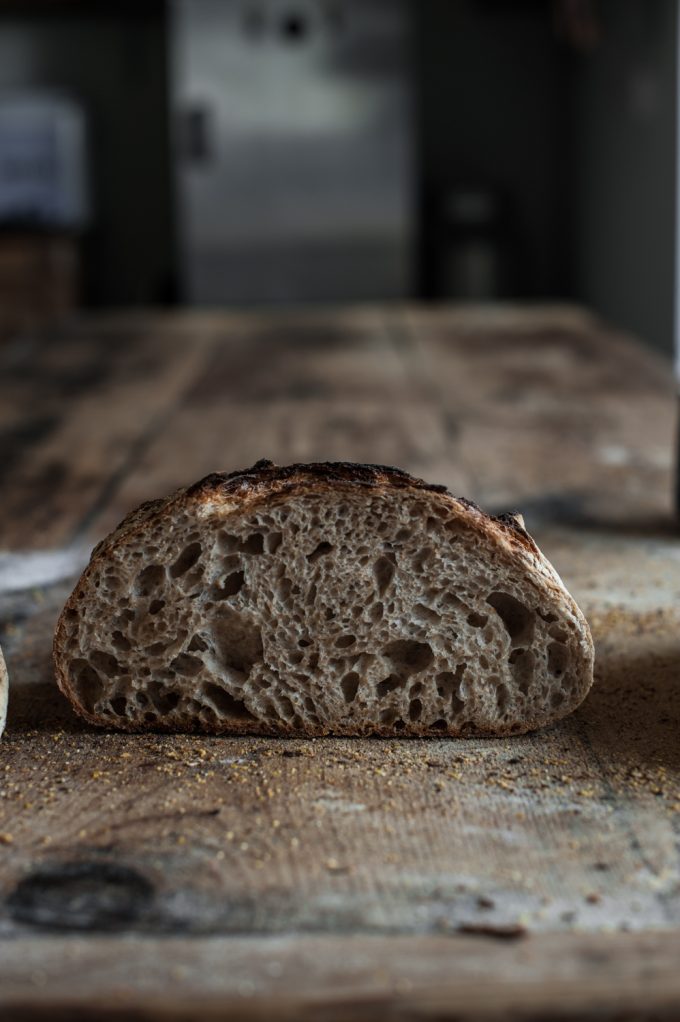
Tools and Ingredients That Support Better Crumb Texture
Using the right tools can make a big difference. Our starter kits and bread-making equipment are designed to support optimal fermentation and gluten development.
Many home bakers also use our bread kits, which feature carefully balanced botanical ingredients that contribute to both structure and flavour.
Observing Crumb Texture to Improve Your Baking
At The Sourdough School, we encourage bakers to assess the crumb after baking as part of learning. Is it tight, gummy, overly open, or well-balanced? These visual and tactile cues help guide refinements in hydration, fermentation, and shaping.
In our online courses and community membership, students share crumb photos, gain feedback, and learn how to adapt their techniques based on outcomes.
